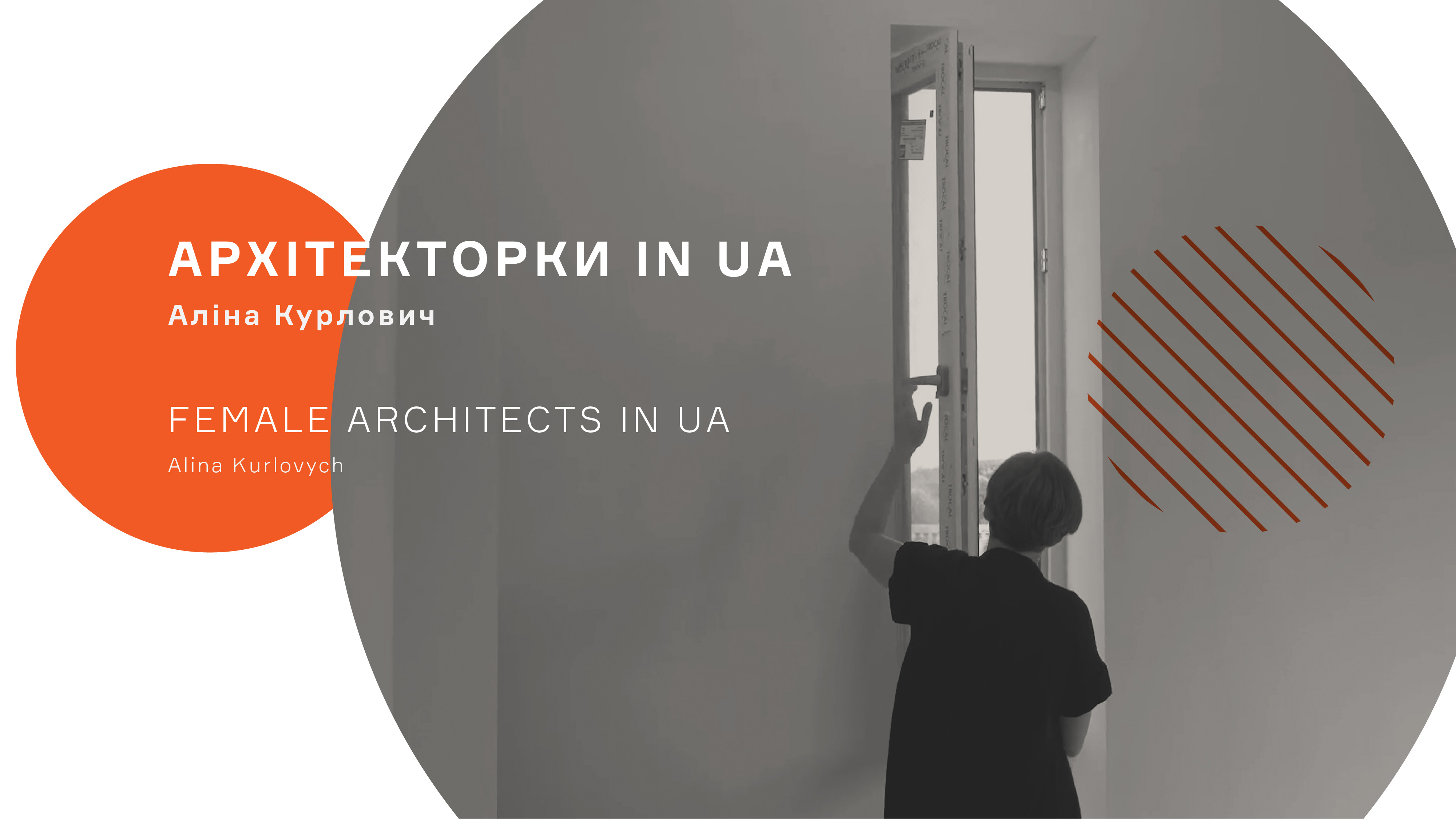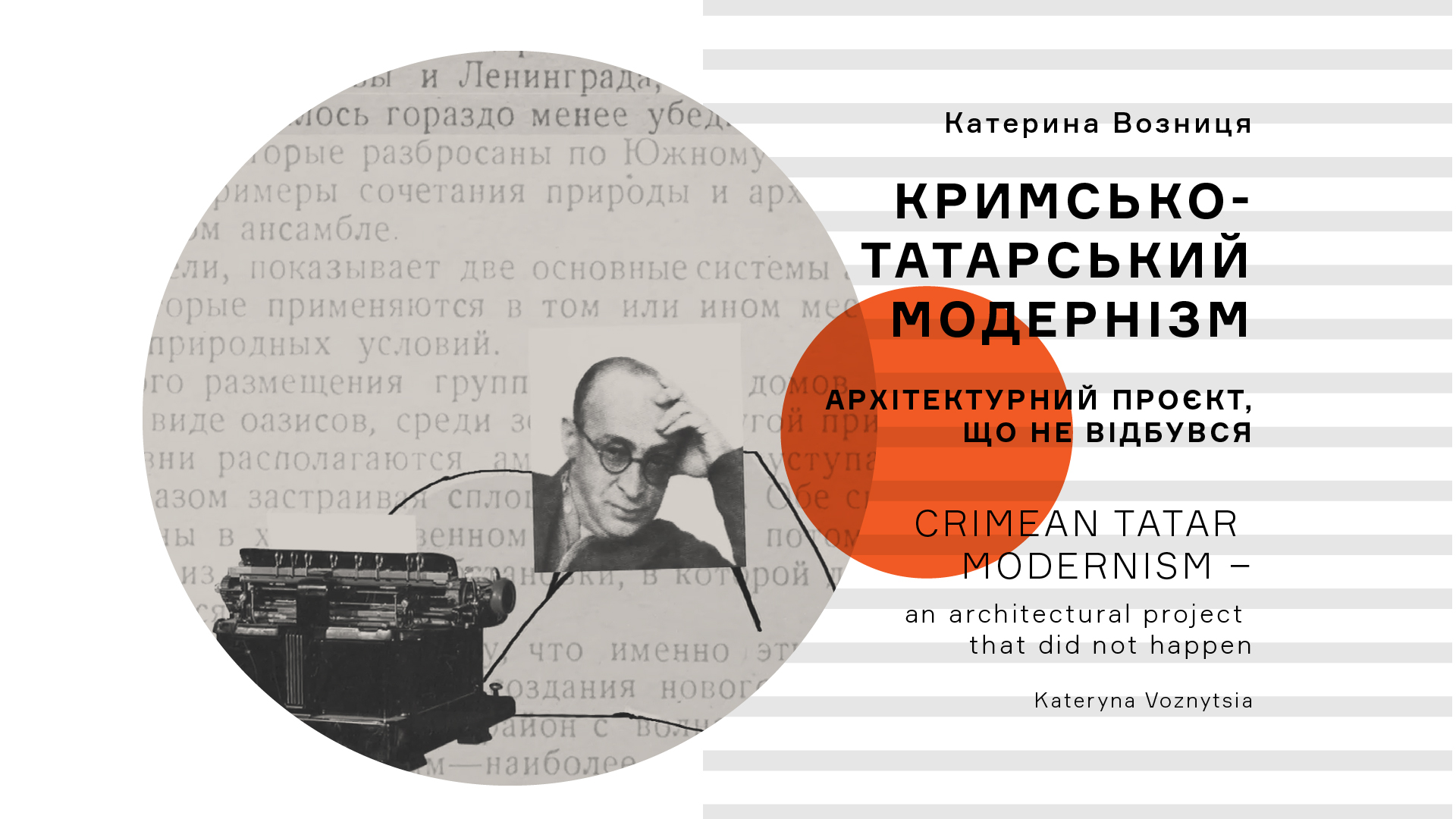For the people of the USSR, the phenomenon of the subway was associated primarily with one of the "Great Soviet constructions" of the first "five year plan" – the Moscow subway. Like any implemented project of "modernization that catches up", it is characterized by pathetics and pathos of victory over the old world and achievement of a new man. This was matched by the magnificent architecture of the stations of "underground palaces" in the art deco style (or postconstructivism), designed using the precursor of socialist realism – "synthesis of arts." What is important for the postcolonial context of Ukraine, if in another "Great Soviet construction" – DniproHES – the main role was played by Moscow architects, in the design of the Moscow subway a key role was played by the architect of Derzhprom Samuil Kravets and Kharkiv architects who moved after him to Moscow.
If for Europe the subway is first of all Belle Époque, for Russia – Stalin's 1930’s, then for Ukraine the metro is a post-war history in which the old competition of two Soviet capitals: Kyiv and Kharkiv takes place. The presence of the subway became a marker of the status of the city and its importance both in the official hierarchy of cities of the USSR and in the framework of informal "competition" between cities. Today in Ukraine the subway operates in three cities – Kyiv, Kharkiv and Dnipro – and in Kryvyi Rih there is a hybrid of a subway with a tram – an underground high-speed tram.
The epic with the construction of the subway in Kyiv in the pre-war period was not successful. The subway became possible only during the postwar reconstruction of the city. "Stalin's reconstructions of cities" took place in the USSR and the newly formed socialist camp. These included the ubiquitous "Stalinist set," which included an avenue, a multistory, a subway, and an Expocenter. It was received in part or in full by all the capitals of the republics, including the Baltic countries, Poland, etc. At the geopolitical level, such markers in urban spaces served as a demonstration of the USSR's sphere of influence, the territory's belonging to the all-Soviet or all-socialist urban culture, and, perhaps, the loyalty of the local population and elites to the Soviet government. Thus, the subway demonstrates its high political role not so much at the level of local political forces as in relations with the Center. The role in which the subway was transformed from a utilitarian infrastructure into a "gift" and a gesture of "high respect". And around the opportunity to receive this gift unfolded what can be called a kind of "trading space".
At the same time, the Kyiv subway, designed in the spirit of Stalin's socialist realism, underwent significant adjustments during the Thaw, as part of Khrushchev's "struggle against surpluses." Although at such stations as, for example, the Arsenal or the University, the Stalinist aesthetics of the original project is still felt, in particular in the use of corresponding materials and details.
For non-capital cities, the main factor and the only loophole to achieve a decision on the construction of the subway was the population: it was available only to the million cities. The number is still the key to gaining many preferences in relations with the central government, which is why the city authorities are actively trying to join the suburbs. And the question "what is the population of your city" in informal communication is a way to compete in development.
For a city like Kharkiv, the subway was no longer just a gift, but the return of a "rightfully" well-deserved and previously lost status, belonging to the top league of capital cities. For Kharkiv, it is a revenge for the period of the "Golden Five-Year Plan" and at the same time a monument to the Brezhnev era of "developed socialism." In addition to the development of urban infrastructure and the solution of transport problems, such resource-intensive and strategic projects as the subway needed appropriate justification. This stimulated the study of the city, the development of scientific schools, research institutes, statistics, sociology, analysis of big data, which can be seen in the works of Kharkiv architect-urban planner Viktor Antonov and transporter Ruvym Liubarskyi. Also, the construction of the subway guaranteed the development of a local architectural school, the opportunity for architects of the capital to carry out outstanding projects (Yurii Plaksiiev, metro station "Sportyvna"), to create a separate design institute – Metroproekt (chief architect Volodymyr Spivachuk), and for monumental artists and industrialists implement their ideas to the fullest, having a relatively large budget.
At present, the role of the “main” public transport in the domestic general planning and city administration is still given to the subway. It is worth noting that this "respectable" status of the subway is not completely constructed or unfounded. Kyiv and Kharkiv subways really became a key element in solving transport problems in the postwar period. Even now, the dependence of large cities on the subway is critical, which was especially noticeable in the quarantine lockdown. Private minibus operators build their routes according to the location of the stations, actually working on driving people to the subway. The subway is still a way to move around the city, which has no alternative in terms of comfort and speed, in a completely unsatisfactory condition of the ground infrastructure of public transport and urban road surface.
At the same time, the subway affects the attractiveness and prospects of residential areas. One of the main criteria for tenants is the location of housing relative to the subway. Even more, the construction of new stations has become almost the main political promise of local authorities, as well as a factor influencing the evaluation of their work. Obviously, most people live in bedroom districts. Who one should promise a subway but them? "No subway station was built during this mayor's term" becomes a serious argument for the unsatisfactory results of work. Probably the most illustrative example is the long-term plans to build a subway to Troieshchyna in Kyiv, which roams from one election program to another, becoming a real ideological long-term construction.
Yes, the subway is expensive and costly, but can one say that it is not justified? The fact is that the subway still has the status of a "regime", "strategic" object, the design and construction of which is regulated much more strictly than the construction of civil architecture, which gives rise to some confidence on the part of citizens. After all, unscrupulously used funds in the construction of new underground roads or savings on the quality of work or safety, are guaranteed to lead to catastrophic consequences. Unfortunately, only such an acute potential danger can serve as a relative safeguard against corruption.
At the same time, the Soviet system, focused not so much on economic factors as on political ones, allowed the emergence of infrastructure projects that became political tasks rather than scientific or engineering ones. As a result, they became "voluntaristic". Then, it seems that the main utilitarian function of passenger transport receded into the background, and the purpose of research and data collection was transformed from research to substantiate the previously adopted decision. Hence, there were some anecdotal incidents, which, however, are only specific examples of the activities of the whole system. For example, the "empty" Saltivska branch of the subway, which was built for an impossible project for the development of Olympic sports in Kharkiv, or the subway station Lvivska Brama in Kyiv, which seems like it is never going to be built, probably due to improperly planned exit.
Unfortunately, the Dnipro subway, a legacy of the Brezhnev era, when the so-called “Dnipropetrovsk clan” had a decisive influence among the nomenclature, serves as such an example. The then planned subway in Dnipro was inaugurated in 1995 by Leonid Kuchma, but to this day it remains an unfinished long-term project. Its main problem is that from the beginning it did not solve the city's transport problem, ignoring the objective factors of passenger traffic. Subway stations connect factories with factories, not with the center or residential districts. Also, there is no connection to the other riverbank of the city. Most residents of Dnipro simply found themselves outside the "subway area". As a result, the Dnipro metro project served more to recognize the city's status, if not on an equal footing with the capital of the republic, Kyiv, then at least with the "first capital" (in Soviet terminology), Kharkiv.
What is the reason for the possibility of such incidents as Troieshchyna, or the previously mentioned Kharkiv and Dnipro subway stations? When we talk about the complex Soviet heritage, we are not talking only about the traumatic experience of repression or other extreme manifestations of totalitarianism, and not even about the architectural heritage of Soviet modernism or monumental art (mosaics, frescoes, monuments). More often it is manifested in seemingly absurd management decisions. And what is critical in this situation – such Soviet management systems have longevity to this day. It's not as important what the subway station looks like as where it stands. The subway, like infrastructure in general, remains a matter of political struggle rather than the practical implementation of needs and the rights of the population.

































